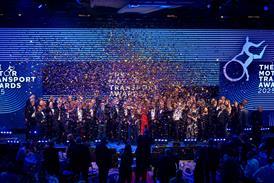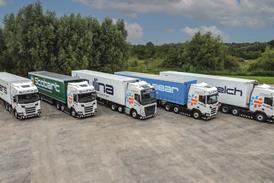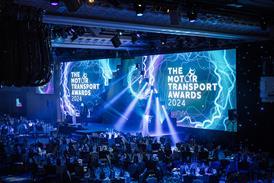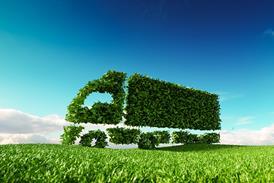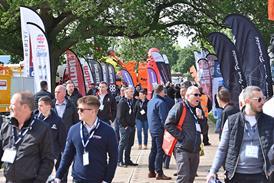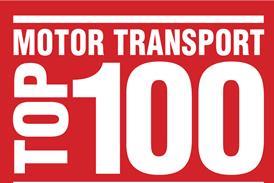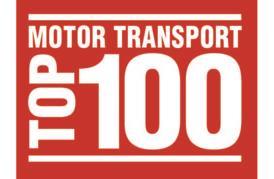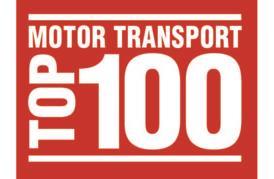Who’s responsible for accidents in an AI-powered transport system?

To mark MT’s 120th anniversary, we asked leading figures from the road transport world to predict how the industry might look 120 years from now. Here, Chris Clowes, executive director at global supply chain and logistics consultancy, SCALA gives us his thoughts
This article is for registered users only
Please login or create a FREE account to read the full article
Want to read more?
Register now for free to access the full article.
To access our great content on the Motor Transport website and to get a free copy of our weekly Executive Brief newsletter.
Once registered, you’ll get access to:
- In-depth breaking news every working day of the year
- All the best careers advice for you and your business
- Profiles of every winner at the Motor Transport Awards
- The richest set of road transport industry data in the UK
- You may also be eligible for a free print or digital copy of Motor Transport

